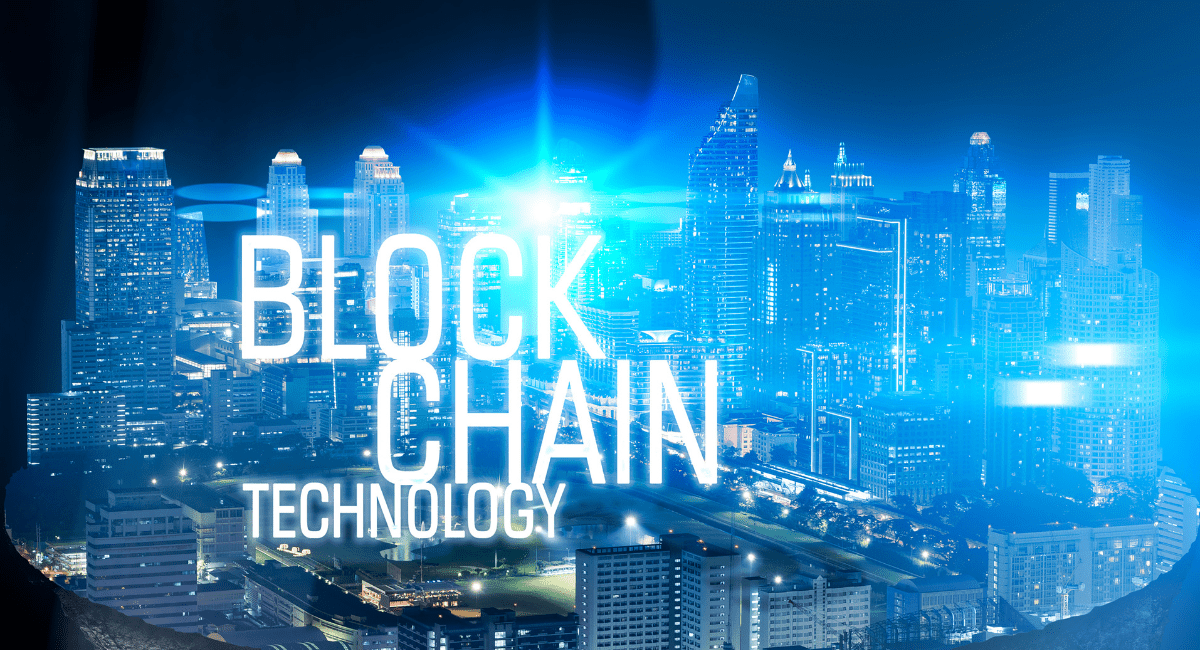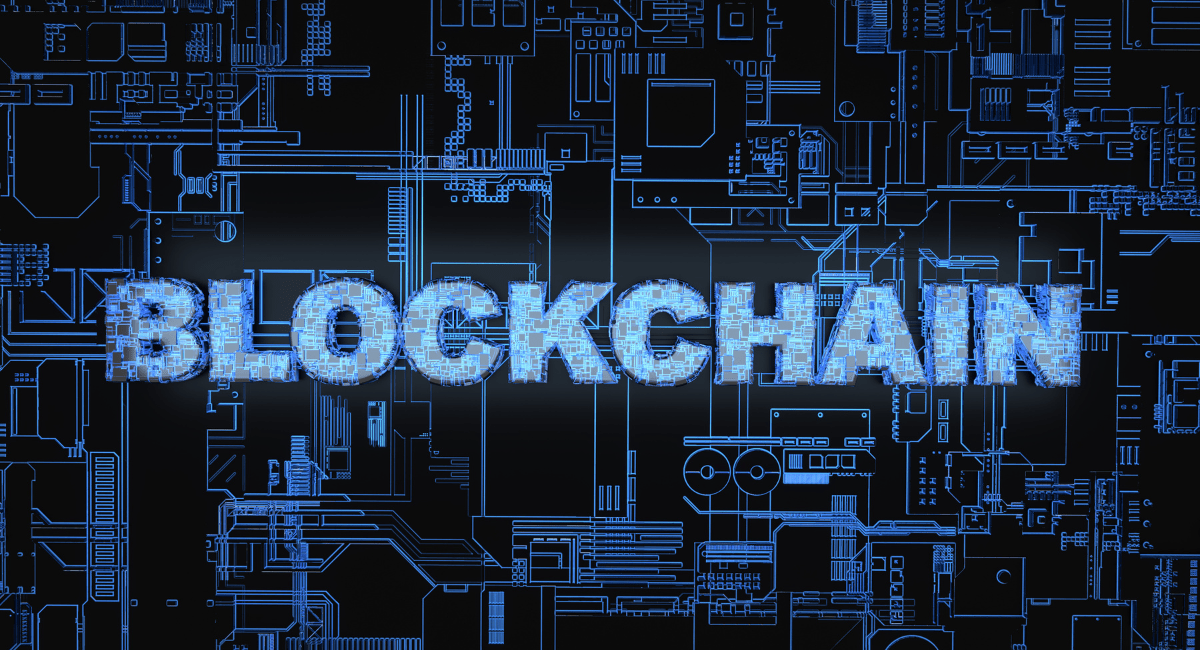Top 10 Amazing Ways Blockchain Can Combat Disinformation Of Data

Blockchain, often described as a distributed ledger technology, is a revolutionary system for recording and tracking information in a secure, transparent, and tamper-proof manner. Imagine a public record book, constantly updated and accessible to everyone, yet impossible to alter or manipulate. That’s the essence of blockchain.
It fundamentally, is a distributed ledger technology. Imagine a shared record book, constantly updated and accessible to everyone involved, yet impossible to modify or erase. This distributed nature is what makes blockchain so secure and transparent.
Here’s a breakdown of how it works:
- Information is grouped into “blocks”: These blocks contain data and a unique cryptographic hash, which acts like a digital fingerprint. This hash guarantees the block’s integrity and links it securely to the block before it, forming a chain.
- New information is added in new blocks: As new data comes in, it’s bundled into a new block, which is then linked to the previous one, creating a chronological chain of tamper-proof records.
- Crucially, this chain is spread across a network of computers: This decentralization offers several advantages:
- Enhanced security: Tampering with a block would require altering all subsequent blocks on the entire network, which is nearly impossible due to its vast size and distribution.
- Increased transparency: Anyone can view the entire blockchain, fostering trust and accountability.
- Immutability: Once information is recorded, it cannot be changed or deleted, ensuring data integrity.
These unique characteristics make blockchain suitable for various applications beyond its initial use in cryptocurrencies, including:
- Supply chain management: Tracking goods from origin to destination with greater transparency and authenticity.
- Voting systems: Increasing trust and security in elections by creating a verifiable and tamper-proof record of votes.
- Identity management: Securely storing and managing personal data, empowering individuals with control over their information.
- Financial services: Facilitating faster and more secure transactions, streamlining processes like cross-border payments.
While still evolving, blockchain technology has the potential to revolutionize various industries and fundamentally change how we interact with information and conduct transactions in the digital age.
Also, read- Top 10 Reasons Layer 2 Blockchain Is An Ideal And Amazing Setup For NFT Developers
Importance of blockchain

Blockchain technology offers a unique set of features that hold significant potential across various industries. Here are 10 key areas where blockchain can bring significant value:
- Enhanced Security and Immutability: The distributed and tamper-proof nature of the blockchain makes it highly resistant to cyberattacks and data manipulation. This immutability ensures that once data is recorded, it cannot be altered or deleted, fostering trust and security in transactions and record-keeping.
- Increased Transparency and Traceability: All participants in a blockchain network can access the complete transaction history, allowing for real-time tracking and verification of information. This transparency helps build trust and accountability within the system, while enabling efficient tracking of assets and goods across supply chains.
- Improved Efficiency and Streamlining: By automating and streamlining processes traditionally reliant on manual verification and third-party intermediaries, blockchain can significantly increase operational efficiency and reduce costs. This holds true for various applications, from financial transactions to supply chain management.
- Reduced Costs and Increased Access: By eliminating the need for intermediaries and facilitating peer-to-peer transactions, blockchain can potentially reduce transaction fees and increase financial inclusion, particularly for individuals and entities who have limited access to traditional financial services.
- Empowering Individuals with Control: Blockchain can empower individuals by giving them greater control over their personal data. Distributed identity management systems built on blockchain can ensure secure storage and access control over personal information, allowing individuals to choose how their data is shared and used.
- Facilitating New Business Models: The unique characteristics of blockchain enable the creation of entirely new business models that were previously not feasible. This opens doors for innovative solutions in areas like data monetization, decentralized autonomous organizations (DAOs), and fractional ownership of assets.
- Revolutionizing Supply Chain Management: Blockchain can revolutionize supply chain management by providing a secure and transparent platform for tracking the movement of goods from origin to destination. This can improve efficiency, ensure authenticity, and combat counterfeiting within supply chains.
- Strengthening Voting Systems: Blockchain technology has the potential to improve the security and transparency of voting systems by creating tamper-proof records of votes. This could help increase voter confidence and reduce the risk of fraud or manipulation in elections.
- Transforming Healthcare: Secure and transparent data sharing enabled by blockchain can improve patient care coordination, facilitate secure medical record management, and empower patients with greater control over their healthcare data.
- Building a More Trustworthy Digital Ecosystem: By providing secure, transparent, and efficient solutions, blockchain technology can contribute to building a more trustworthy digital ecosystem. This can foster greater collaboration, innovation, and participation in the digital economy.
It is important to note that technology is still evolving, and addressing challenges like scalability, energy consumption, and regulatory frameworks remains crucial for its widespread adoption. However, the potential benefits across various sectors are undeniable, promising significant advancements in security, transparency, and efficiency in the digital age.
We are on a mission to harness the transformative power of AI and blockchain, forging a smarter, unified, and more user-friendly Web3 experience for both projects and users. 💯
— Octavia (@OctaviaToken) February 26, 2024
• Innovating for a Better Digital Future.
• Focusing on User-Centric Blockchain Solutions.
•… pic.twitter.com/8iGNsFbpZE
Top 10 ways Blockchain can combat disinformation

The technology offers several avenues to combat disinformation:
- Immutable Recordkeeping: It’s immutable ledger ensures that once information is recorded, it cannot be altered or deleted without consensus from the network. This feature can be leveraged to create tamper-proof records of information, making it difficult for malicious actors to spread false or misleading information without leaving a trace.
- Verification of Authenticity: Blockchain-based platforms can be used to verify the authenticity of information and content by tracking its origin and provenance. By providing transparent and auditable records of sources, consumers can assess the credibility of information and distinguish between genuine and fake content.
- Decentralized Content Platforms: Decentralized platforms built on blockchain technology can empower users to publish and access content without intermediaries. These platforms often incorporate mechanisms for community moderation, peer review, and reputation systems to mitigate the spread of disinformation and promote quality content.
- Digital Signatures: Blockchain enables the use of cryptographic signatures to authenticate the authorship and integrity of digital content. By signing information with a private key, creators can establish ownership and accountability, while recipients can verify the validity of the content using the corresponding public key.
- Timestamping and Proof of Existence: Blockchain-based timestamping services allow users to timestamp digital documents and data, providing irrefutable proof of their existence at a specific point in time. This can be valuable in verifying the original publication date of content and detecting instances of content manipulation or fabrication.
- Fact-Checking and Verification Platforms: Blockchain-powered fact-checking platforms can leverage crowdsourcing and consensus mechanisms to verify the accuracy of information. By incentivizing users to participate in the verification process and rewarding contributions based on consensus, these platforms can help combat the spread of disinformation.
- Token Curated Registries (TCRs): TCRs utilize blockchain technology to create curated lists of trusted sources or content. Participants in the network can stake tokens to propose, challenge, and vote on entries in the registry, ensuring that only reputable sources are included while excluding unreliable or deceptive content.
- Supply Chain Transparency: Blockchain-based supply chain solutions can enhance transparency and traceability, particularly in industries susceptible to misinformation, such as food and pharmaceuticals. By recording transactions and product information on a shared ledger, stakeholders can verify the authenticity and integrity of products, reducing the risk of misinformation about their origin or quality.
- Digital Identity Management: Blockchain facilitates the secure management of digital identities, allowing individuals to maintain control over their personal information and online interactions. By leveraging decentralized identity solutions, users can establish trust and credibility in online interactions, mitigating the risk of identity theft and impersonation for spreading disinformation.
- Incentivized Reporting and Correction: Blockchain-based incentive mechanisms can reward users for reporting and correcting false information. By aligning incentives with the goal of maintaining accuracy and integrity, these systems encourage active participation in combating disinformation while fostering a culture of accountability and transparency in online communication.
Overall, the technology offers a diverse set of tools and approaches to address the challenges posed by disinformation, empowering individuals and communities to verify information, protect digital integrity, and promote trust in online interactions.
Conclusion
In the battle against disinformation, blockchain technology emerges as a formidable ally, offering a diverse array of solutions to address the pervasive spread of false or misleading information. Through its core features of immutability, transparency, and decentralization, blockchain provides a robust framework for combating disinformation by establishing trust, verifying authenticity, and promoting accountability in digital interactions.
By leveraging blockchain’s immutable ledger, organizations can create tamper-proof records of information, making it significantly more challenging for malicious actors to manipulate or falsify data without detection. This feature ensures that once information is recorded on the blockchain, it remains transparent and immutable, enabling users to trace its origin and verify its authenticity with confidence.
Moreover, blockchain facilitates the development of decentralized content platforms and fact-checking mechanisms, empowering users to publish, access, and verify information without relying on centralized intermediaries. These platforms incorporate community-driven moderation, peer review, and consensus mechanisms to evaluate the credibility of content, mitigating the spread of disinformation and fostering a culture of transparency and accountability.
Furthermore, blockchain-based solutions offer innovative approaches to verifying the authenticity of digital content, timestamping documents, and establishing proof of existence. Through cryptographic signatures and timestamping services, users can verify the originality and integrity of content, detect instances of manipulation or fabrication, and protect against the dissemination of false information.
Additionally, blockchain’s incentivization mechanisms, such as token-curated registries and reward systems, encourage active participation in reporting and correcting misinformation. By aligning incentives with the goal of maintaining accuracy and integrity, these systems incentivize users to contribute to the verification and validation of information, thereby bolstering the resilience of online discourse against disinformation campaigns.
In conclusion, blockchain technology offers a powerful toolkit for combating disinformation, providing solutions that enhance trust, transparency, and accountability in digital interactions. By harnessing the inherent strengths of blockchain, individuals, organizations, and communities can collaborate to create a more resilient and trustworthy information ecosystem, safeguarding against the harmful effects of misinformation and promoting the integrity of online discourse.




























































